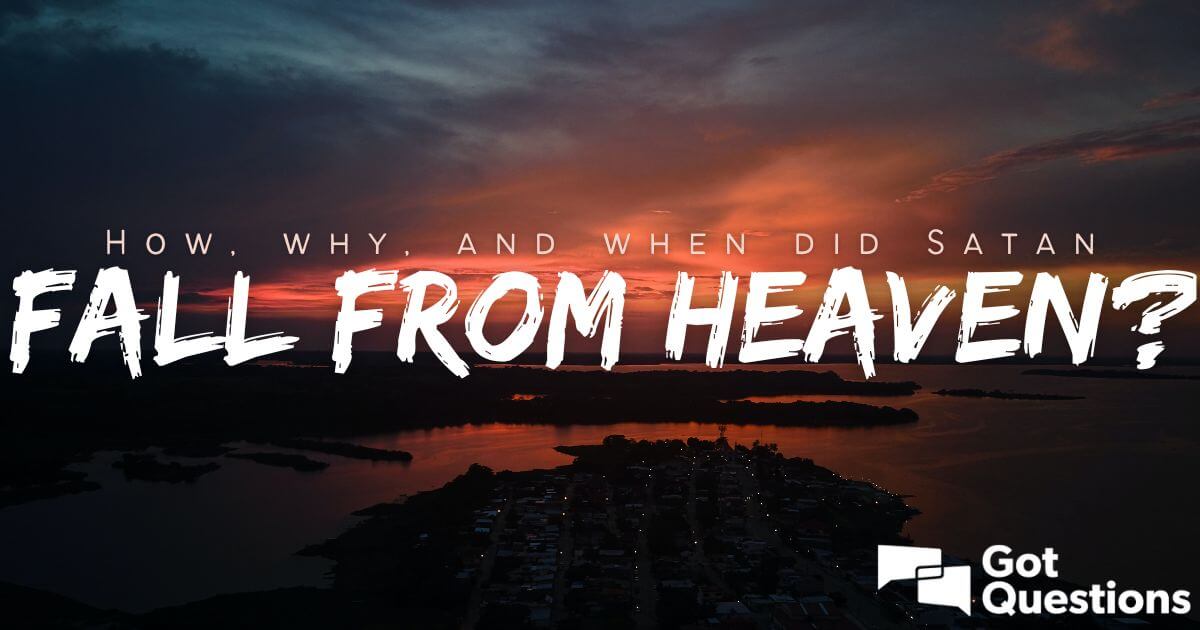

Throughout his set, Isaiah’s energy never flagged. As his set expands its scope to encompass classic Rashad tunes, the view shifts to beautiful aerial shots of Los Angeles’ various stadiums and landmarks before the burning begins again, slowly creeping in from the edges to recreate the paranoid, ominous mood from the album itself.

Rather than showing off some dazzling but disconnected graphic designs, the background connects to the theme of his album, The House Is Burning, giving a virtual tour throughout the burning house’s interior. Like many artists these days, Isaiah employs a video backdrop displaying various imagery throughout his set, but impressively, it tells a story as much as his setlist does. Some like to keep it simple - which can put more pressure on the artists themselves to hold an audience’s attention. Some artists like to use props or elaborate backdrops. That includes everything onstage that is not the artist, like backgrounds and stage dressing. Presentation MattersĪs much as fans attend concerts to see their favorite artists in person, they also want to see a show. There’s a lot of potential for both - especially Vaughn - but for now, they play the bench role well. This is the best you can hope for: Openers who know what they’re doing and do it well but don’t outshine the star player. Childish Major, who has produced and rapped alongside some of TDE’s Dreamville cohorts, brought a relaxed vibe before turning all the way up to close out his set. Ray Vaughn, the new TDE signee who set the internet on fire with his LA Leakers freestyle, held the stage like a 10-year veteran. The openers for Isaiah Rashad were pulled from his long list of like-minded industry pals, and they absolutely fell under the “good” category. Mediocre ones - the ones we see most - can leave the audience feeling restless and impatient, making little to no impression.

Good ones can energize a crowd, making the headliner’s job ultimately easier. Bad ones can suck the energy right out of a room.


 0 kommentar(er)
0 kommentar(er)
